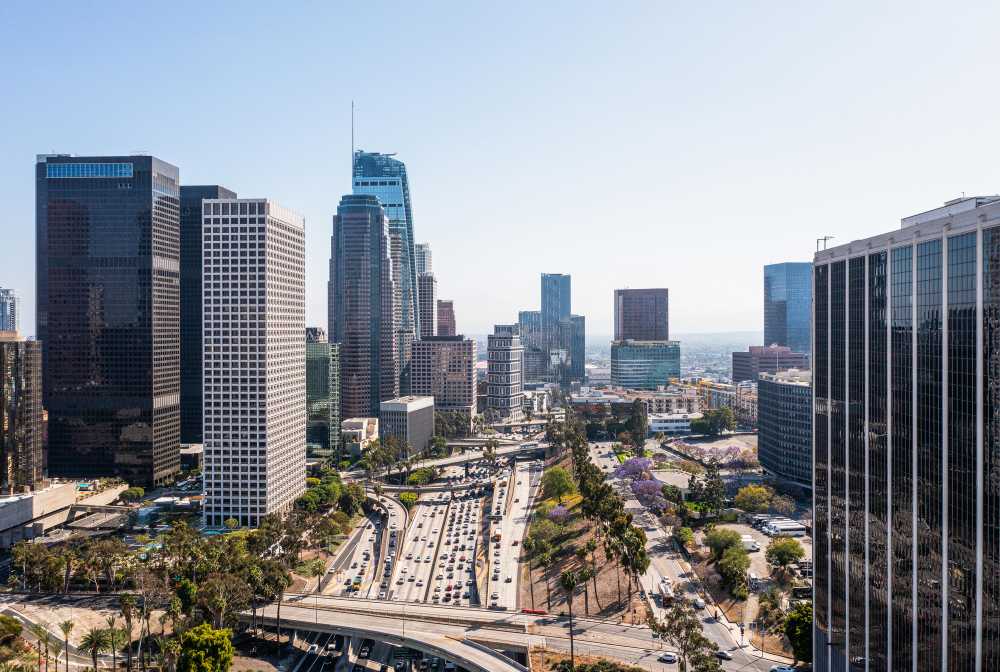Urbanization is reshaping our cities and towns at an unprecedented pace. As more people migrate to urban areas in search of jobs, better education and improved lifestyle opportunities, the demand for infrastructure skyrockets. This shift isn't just increasing the number of buildings; it's fundamentally altering how we construct them. For us, it is essential to understand these changes in order to stay competitive in the industry.
Maximizing Space in the Sky
One of the most visible impacts of urbanization is the increasing number of high-rise buildings. With land in cities becoming scarce and expensive, the only way to go is up. Skyscrapers are an efficient solution to maximize the use of limited space. This vertical expansion requires contractors to enhance their expertise in building upwards, involving advanced engineering techniques and materials that can withstand higher pressures and stresses.
Sustainability at the Core
As cities grow, so does the awareness of environmental sustainability. Urban projects are increasingly incorporating green building practices to reduce their carbon footprint. This includes the use of recyclable materials, energy-efficient gadgets and designs that maximize natural light and air. Civil contractors are now expected to be knowledgeable in LEED standards and other sustainability certifications, making green expertise a necessary tool in their arsenal.
Technology Integration
The rise of urbanization has also brought a wave of technological advancements in construction. Tools like Building Information Modeling (BIM) allow contractors to create detailed digital representations of a building's physical and functional characteristics before it's even built. This technology aids in better planning and can significantly reduce costs by minimizing errors during construction.
Adapting to Changing Demographics
Urban environments are melting pots of cultures and demographics. As the population in cities becomes more diverse, the need for inclusive design grows. Buildings must cater to a wider range of needs, including accessibility for the elderly and disabled. This demographic shift requires contractors to be adaptable and considerate in their designs, ensuring that urban structures are high-tech, sustainable and inclusive.
The Infrastructure Challenge
Urbanization strains existing infrastructure like roads, bridges and public transportation systems. Civil contractors play a pivotal role in developing new infrastructure and upgrading the old to meet modern demands. This involves complex logistical planning, especially in densely populated areas where minimizing disruption to daily life is paramount.
As urban landscapes evolve, so must the approaches we take to build them. For us, staying updated with the newest trends, technologies and regulations is more critical than ever. The future of construction in urban areas is not just about creating spaces but about enhancing lives, supporting sustainability and powering economic growth through innovative and thoughtful building practices.

